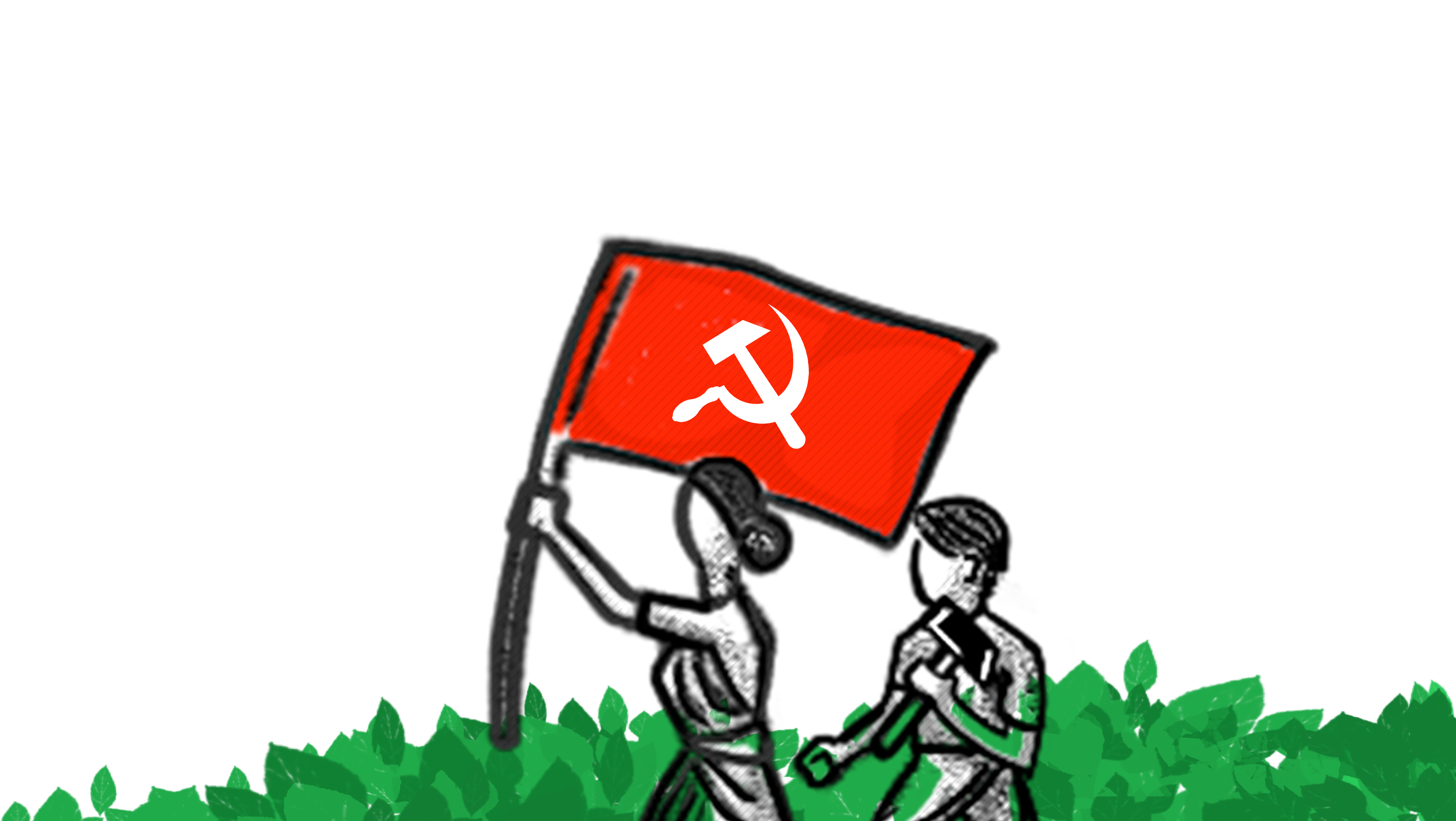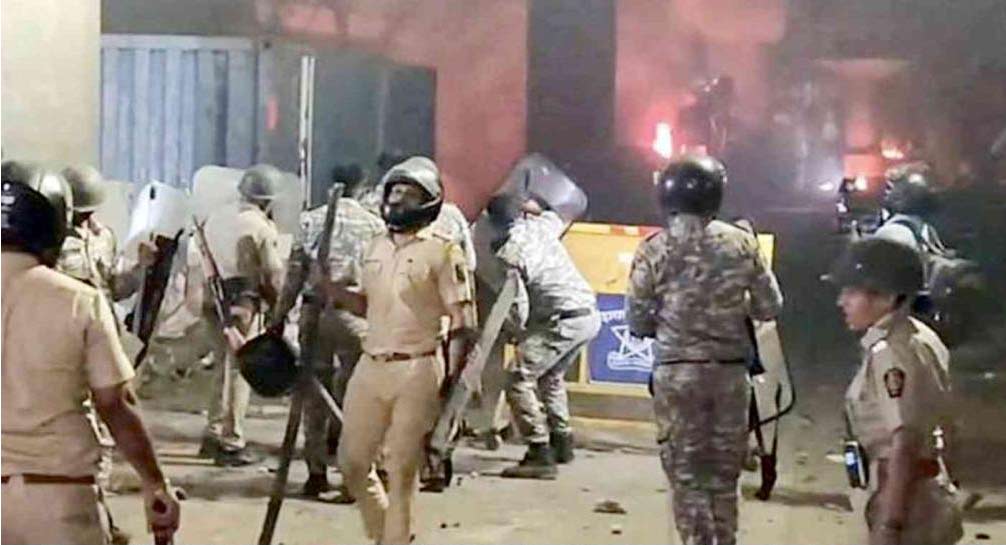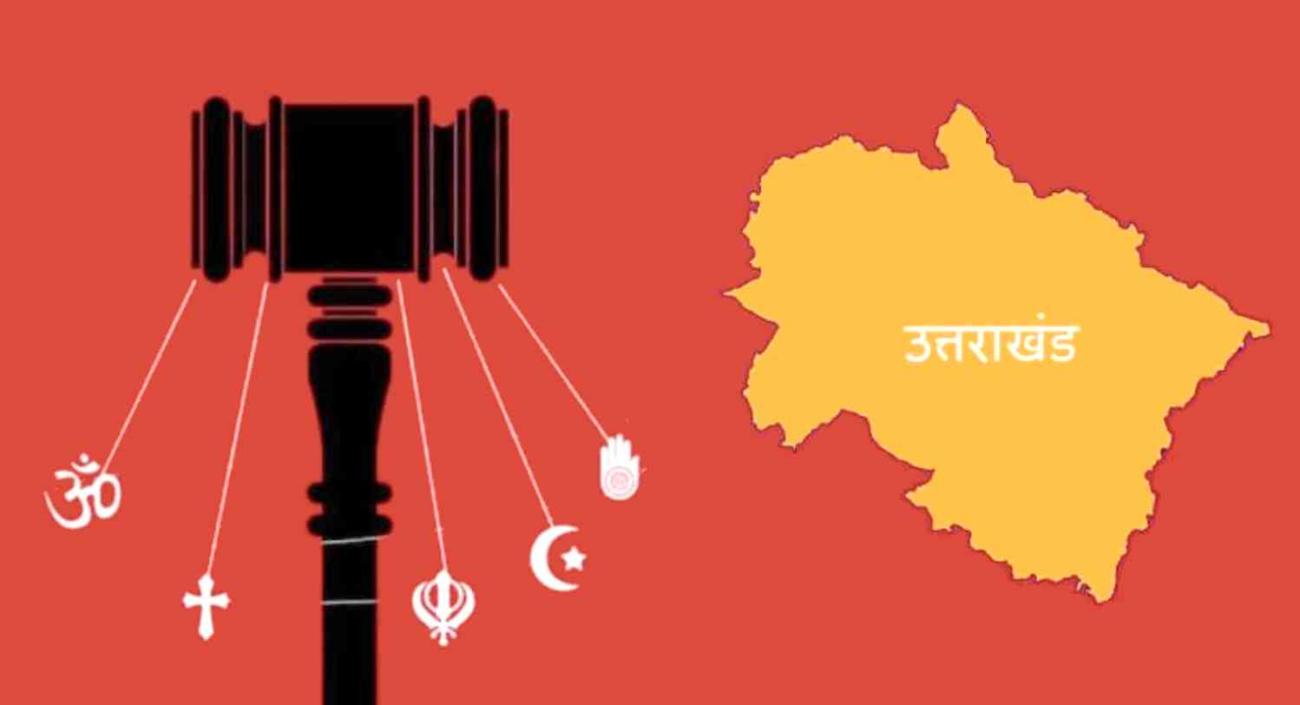Let us take a closer look at all these three defining features of the budget. In one fell swoop, the government has done away with wealth tax. The government knows that in a country with such sharp inequality as India, the abolition of the wealth tax cannot be defended as a matter of principle. So we are told the wealth tax is not cost effective, the cost of collecting the tax is higher than the amount of tax collected. In other words, the rich in India have mastered million ways not only to amass massive wealth but also to keep it safe from the taxman. If the government admits to this basic failure of governance and wants to use it as a pretext for abolishing the very tax levied on wealth, how on earth does it expect us to take its threats against black money seriously? The 2% surcharge announced on income of above Rs one crore will also suffer on the same count.
The government has of course not stopped with just the abolition of wealth tax. It has also handed out a Rs 200,000 crore tax bonanza over the next four years by promising to lower the corporate tax from 30% to 25%. And this when according to the governments own calculation, the current tax rate of 30% actually works out to an effective tax rate of only 23%! The exemptions dished out to the corporate houses in tax as well as customs and excise duties continue to be staggering, during the first year of Modi government (2014-15), they just increased from Rs 5,500 billion in the last year of the UPA government (2013-14) to Rs 5,890 billion. And with no MAT (minimum alternate tax), inheritance tax or wealth tax, an exemption-laced lowered corporate tax is all that the corporate sector will have to face in the coming years. Add to this the proposed changes in the land acquisition law and labour laws, the disinvestment offerings and the government readiness to bear all risk in PPPs, the size of the corporate cake could not really be any bigger!
Contrast this bonanza to the treatment meted out to the consumers the service tax has now been raised to a whopping 14% and like every other indirect tax, this too affects the people regardless of their income, making it blatantly disproportionate and regressive. During the Delhi elections, Modi talked of his luck that his tenure so far has seen global oil prices crash from $110 per barrel in June 2014 to just about half, $57 per barrel. Far from transferring the benefits to the people, the government has resorted to a steady hike in excise duties on petrol and diesel and now in freight rates in this years rail budget, mopping up billions of rupees of extra revenue, and if yet government figures show stagnation on the revenue front, it only shows highlights the dire need to increase taxes on the rich, do away with the sundry exemptions and improve the actual collection of taxes. But the government has chosen the opposite way and the result is an unprecedented squeeze in public spending and that too in the most sensitive social sectors concerning the most deprived sections of the population.
Compared to last years budget, total plan expenditure is estimated to decline by a massive Rs 1.1 lakh crore, an unprecedented squeeze of about 20%. The decision to wind up the Planning Commission and replace it with the strange sounding NITI Aayog was clearly not just a wordplay, the Modi raj has actually embarked on the dangerous journey of cutting back even whatever little money the government it spends on basic services and peoples welfare. From Sarva Siksha Abhiyan to higher education, mid-day meal to National Health Mission, SC/ST sub plan to women and children welfare, the axe has fallen on virtually every single social expenditure item. Even the allocation for sanitation and drinking water has been reduced, leaving one to wonder if like kala dhan wapsi (repatriation of black money), swachchhata would also turn out to be just another jumla or empty rhetoric for the BJP. And contrary to the BJP propaganda of cooperative federalism, the states do not get any extra resources to make up for the cuts in central expenditure.
Arun Jaitley has advised the middle class to take its own care. What he has not said in so many words is that his government has abandoned the poor. Tax cuts for the rich, spending cuts for the poor and greater cost burden on the working people and middle classes these are the classic features of a dreadful economic regime that is known as austerity to the whole world. Yes, instead of the promised glimpses of achchhe din, Arun Jaitleys budget has delivered the first few pills of austerity to the overwhelming majority of Indian people. In the economic realm, the truth of minimum government, maximum governance has started ringing as minimum responsibility of the government, maximum burden on the people. The time has come for all sections of the people to rise in unison against this disastrous economic direction. Q
Box 1
Massive Social Sector Cuts in Modi Budget
Departments
Agriculture (including Agri Research) : 2014-15 (BE)-- Rs.28,795 Cr. # 2015-16(BE)-- Rs.23,323.85 Cr. # Reduction-- 19%
Drinking Water and sanitation: 2014-15 (BE)-- Rs.15,263.15 Cr. # 2015-16(BE)-- Rs.6,238.87 Cr. # Reduction-- 59%
Health and family Welfare: 2014-15 (BE)-- Rs.34,874.86 Cr. # 2015-16(BE)-- Rs.29,358.87 Cr. # Reduction-- (-)15%
AIDS Control: 2014-15 (BE)-- Rs.1,749 Cr. # 2015-16(BE)-- Rs.1,357 Cr. # Reduction-- (-)22%
Housing and Urban Poverty Alleviation: 2014-15 (BE)-- Rs.5,558.6 Cr. # 2015-16(BE)-- Rs.5,169.47 Cr. # Reduction-- (-)7%
Rural Development: 2014-15 (BE)-- Rs.79,999.8 Cr. # 2015-16(BE)-- Rs.71,593.08 Cr. # Reduction-- (-)10%
Women and Child Development: 2014-15 (BE)--Rs.20,900.82 Cr. # 2015-16(BE)-- Rs.10,084.40 Cr. # Reduction-- (-)51%
(In particular ICDS): 2014-15 (BE)-- Rs.18,321 Cr. # 2015-16(BE)-- Rs.8,471 Cr. Reduction-- (-)53%
School Education: 2014-15 (BE)-- Rs.54,8444.18 Cr. # 2015-16(BE)-- Rs.41,934.50 Cr. # Reduction-- (-)23%
Higher Education: 2014-15 (BE)-- Rs.27,565.20 Cr. # 2015-16(BE)-- Rs.26,760.26 Cr. # Reduction-- (-)8%
Box 2
CPI (ML) Statement on Rail Budget
The 2015-16 Rail Budget of the Modi Government is going to hurt the pockets of the citizens, by the back door.
In spite of the fall in international crude oil prices, the Budget has shown no corresponding fall in rail fares. Instead, hikes in freight rates are going to result in hiked prices that will burden various sections of Indian people.
The Budget has hiked freight rates for urea by a whopping 10 per cent this will undoubtedly put an immense burden of increased fertilizer prices on farmers.
The across-the-board hike in freight prices of groundnut oil, grains and pulses, LPG and kerosene, as well as cement, coal, and iron and steel will have a cascading effect on prices of essential items of household consumption and will also lead to an overall price rise.
This Budget, like previous budgets, has failed to take the safety measures called for to prevent rail accidents, in spite of the fact that 15,000 people die every year in rail-related accidents and fires. The obvious priority measure to prevent accidents would be to fill in the 3 lakh vacant posts in the railways. But instead, the Rail Budget has proposed audio-visual warnings to road passengers at unmanned crossings. Why should crossings remain unmanned at all? As long as they remain unmanned, is it really imaginable that mere audio-visual warnings will prevent accidents?
In the name of correcting under-investment in the Railways, the Rail Budget has further opened the doors for private profiteering at the cost of the invaluable public asset that is the Railways.
The move to install surveillance (CCTV) cameras in passenger coaches and ladies compartments is extremely troubling. Instead of making women safer, this will in fact increase the vulnerability of women passengers to voyeurism and snooping as well as misuse of the CCTV footage. The CCTVs are also likely to be used to profile and harass women and children from the poorer sections, vendors, transgenders, and other vulnerable sections of the population, for whom the railways are a lifeline but who are at the mercy of corrupt and insensitive rail authorities.
The Modi Governments Rail Budget has proved once again, that far from the acche din promised, the Government is relentlessly increasing burdens on citizens and offering up public assets for private profit.





